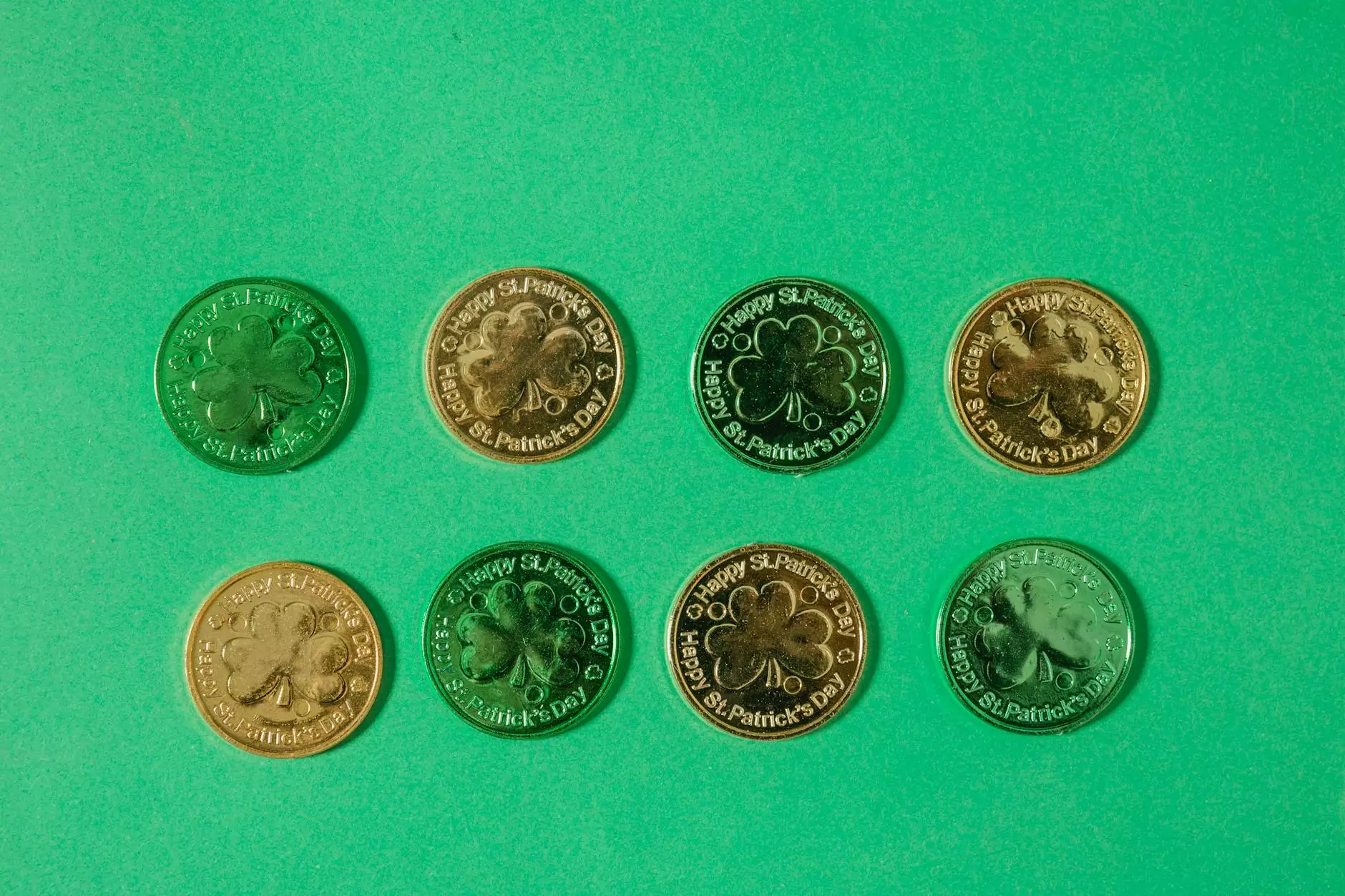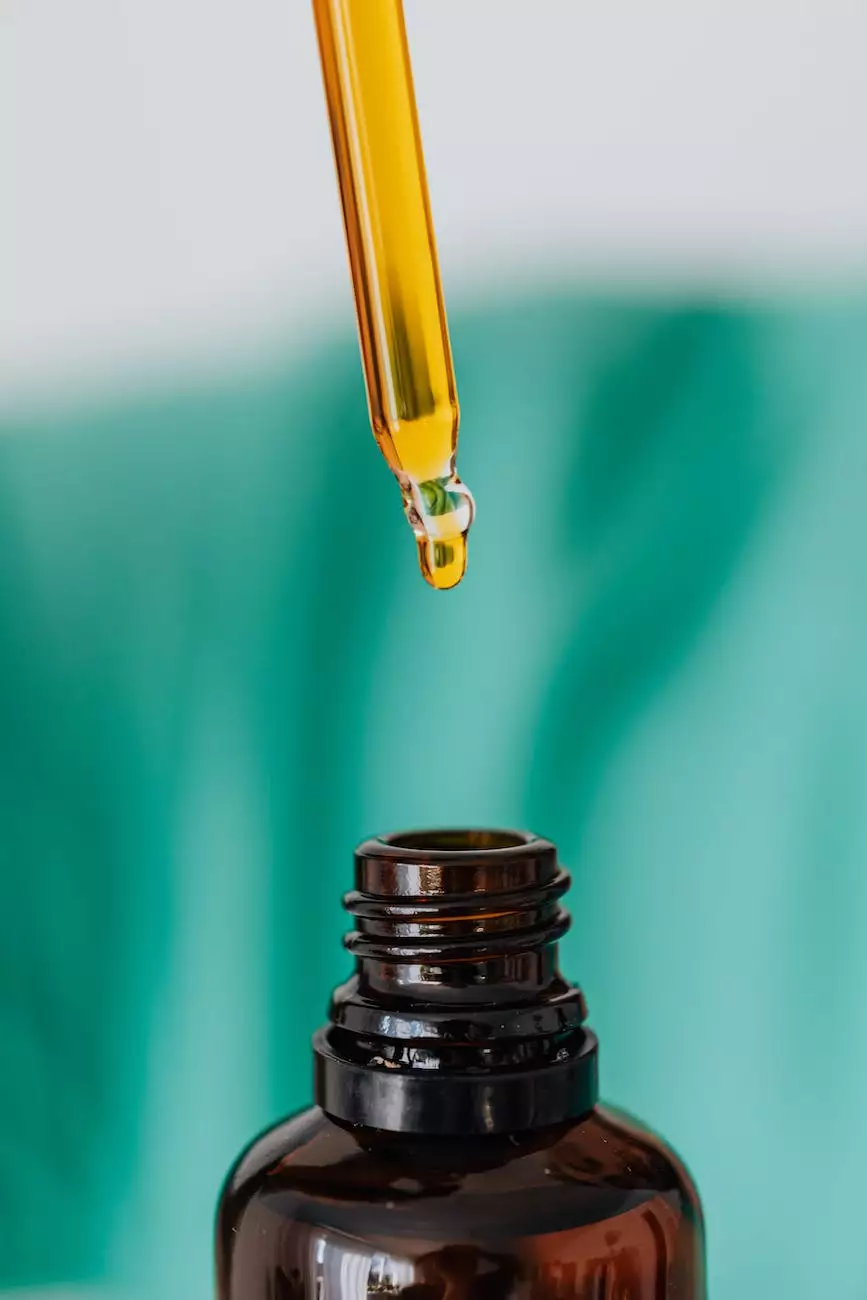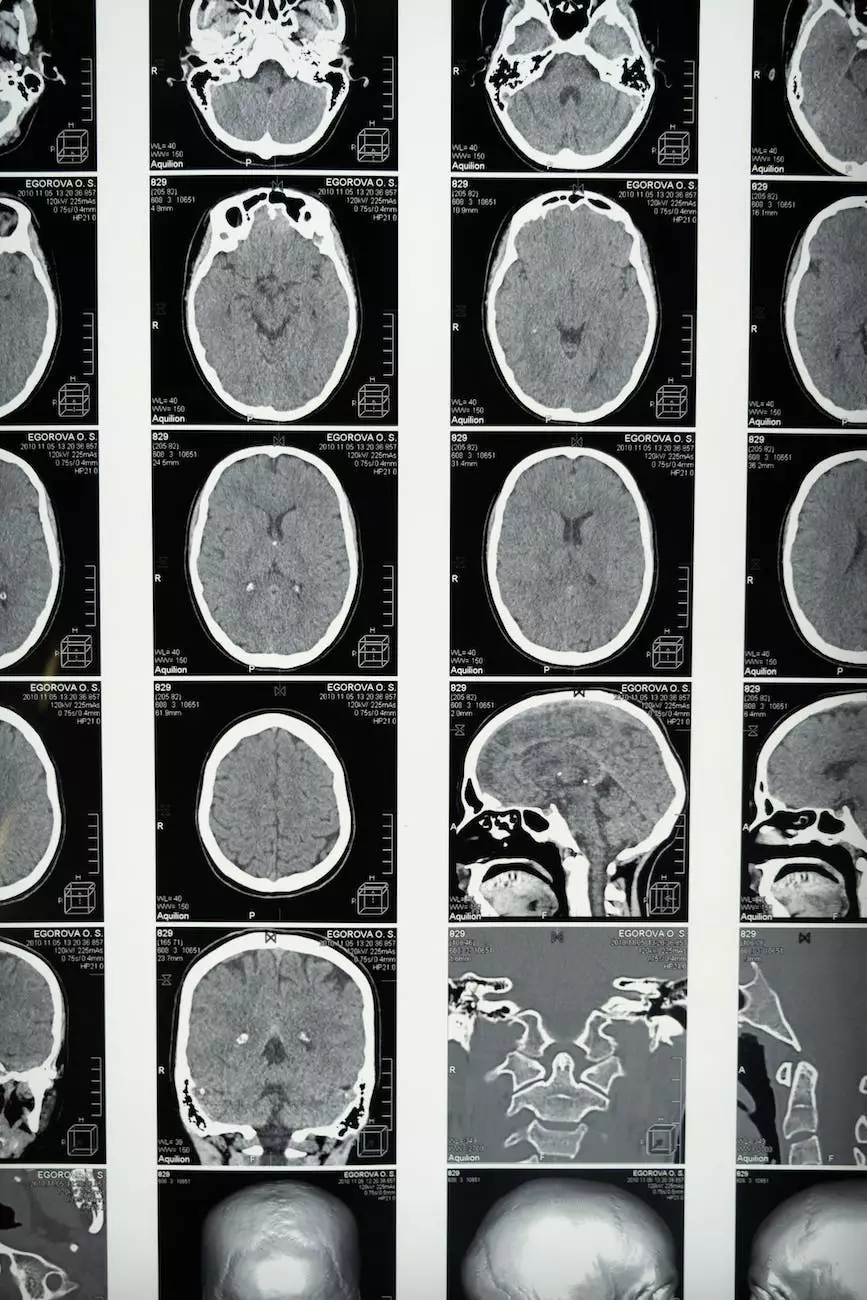Postnasal Drip: Causes, Home Treatment, Medication
Services
Introduction
Welcome to the informative page on postnasal drip, a condition that affects many individuals. Benjamin Shettell, MD, a renowned healthcare specialist in the field of ear, nose, and throat, provides expert insights and guidance on understanding postnasal drip, its causes, and various treatment options available.
What is Postnasal Drip?
Postnasal drip, also known as upper airway cough syndrome, is a common condition where excessive mucus accumulates in the throat and nasal passages. This can lead to discomfort, persistent cough, throat clearing, and potential complications if left untreated. It often stems from issues with nasal allergies, sinus infections, or other underlying health conditions.
Causes of Postnasal Drip
Various factors can contribute to the development of postnasal drip:
Allergies and Sinusitis
Allergic rhinitis and sinusitis are common causes of postnasal drip. Inhalation of allergens such as pollen, dust mites, or pet dander can trigger an excessive immune response, leading to nasal congestion and increased mucus production.
Nasal Irritants
Exposure to irritants like cigarette smoke, strong odors, or chemical fumes can irritate the nasal passages, causing excessive mucus production.
Deviated Septum
A deviated septum refers to an abnormality in the nasal structure, where the septum (the cartilage separating the nostrils) is crooked or off-center. This can disrupt proper airflow, contributing to postnasal drip.
Gastroesophageal Reflux Disease (GERD)
GERD, a condition characterized by acid reflux from the stomach into the esophagus, can also contribute to postnasal drip. Stomach acid can irritate the throat, leading to excessive mucus production.
Home Treatment for Postnasal Drip
While medical evaluation is essential for persistent or severe cases of postnasal drip, there are several home remedies that can help alleviate symptoms:
Nasal Irrigation
Consider using a saline solution or a neti pot to rinse the nasal passages. This helps flush out excess mucus and reduces nasal congestion.
Steam Inhalation
Inhaling steam can help moisten the nasal passages, soothing irritation and reducing mucus build-up. You can try steam inhalation with a bowl of hot water or a steam inhaler.
Stay Hydrated
Drinking plenty of fluids helps thin the mucus, making it easier to expel. Opt for warm liquids like herbal teas or clear broths for added relief.
Humidity Control
Maintain a comfortable level of humidity in your living space. Using a humidifier can help prevent dryness in the nasal passages and reduce postnasal drip symptoms.
Medication for Postnasal Drip
In some cases, over-the-counter or prescription medications may be necessary to manage postnasal drip:
Antihistamines
Antihistamines work by reducing allergic reactions, helping alleviate allergy-induced postnasal drip.
Decongestants
Decongestants can provide temporary relief from nasal congestion associated with postnasal drip. However, prolonged use should be avoided as it may lead to rebound congestion.
Nasal Steroids
Nasal steroid sprays, available by prescription, can help reduce inflammation in the nasal passages and alleviate symptoms of postnasal drip.
Antacids
If GERD is contributing to postnasal drip, antacids or medications that reduce stomach acid production may be prescribed to manage the underlying condition.
Conclusion
Postnasal drip can be both uncomfortable and bothersome, but with the right understanding and treatment, you can find relief. Benjamin Shettell, MD and his dedicated healthcare team at Fusion Healthcare Redding are committed to providing the highest quality care for ear, nose, and throat conditions. Whether your symptoms are due to allergies, sinusitis, or other causes, Dr. Shettell is here to help.
Contact us today to schedule an appointment or consultation and take the first step towards managing your postnasal drip effectively.










